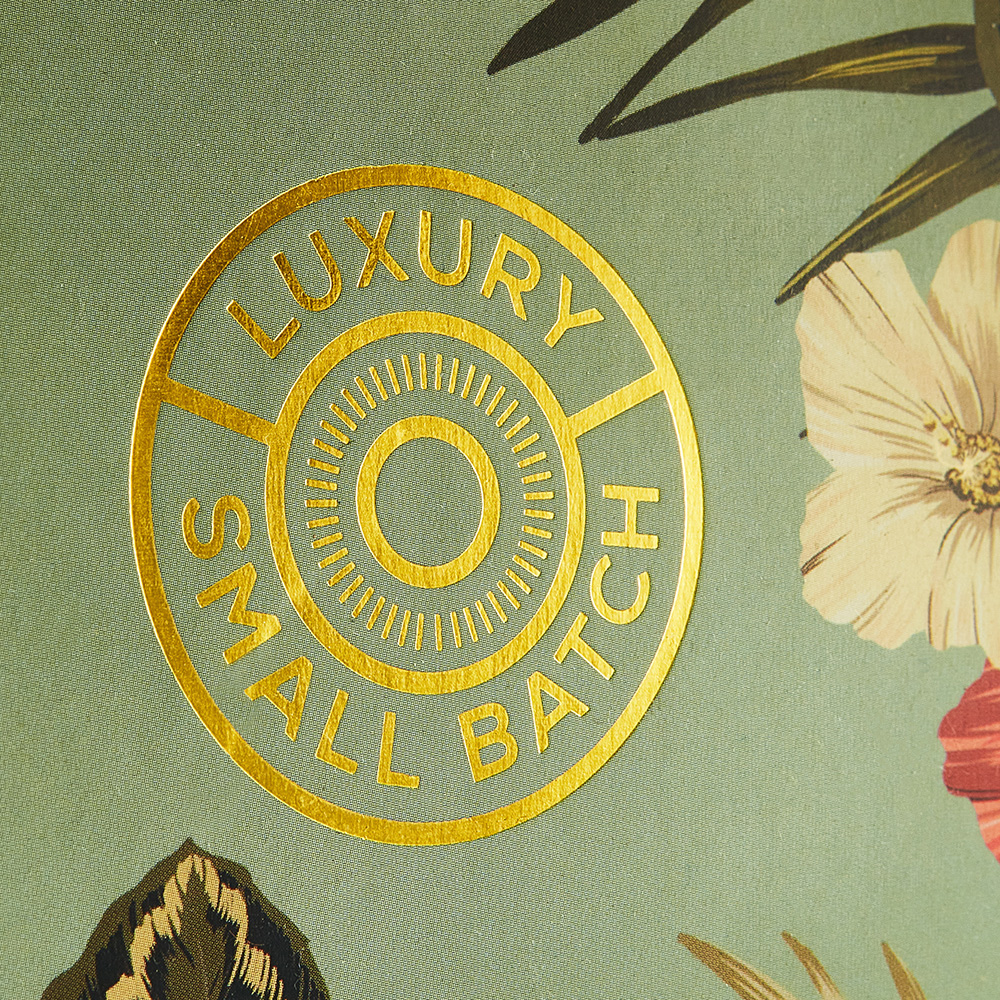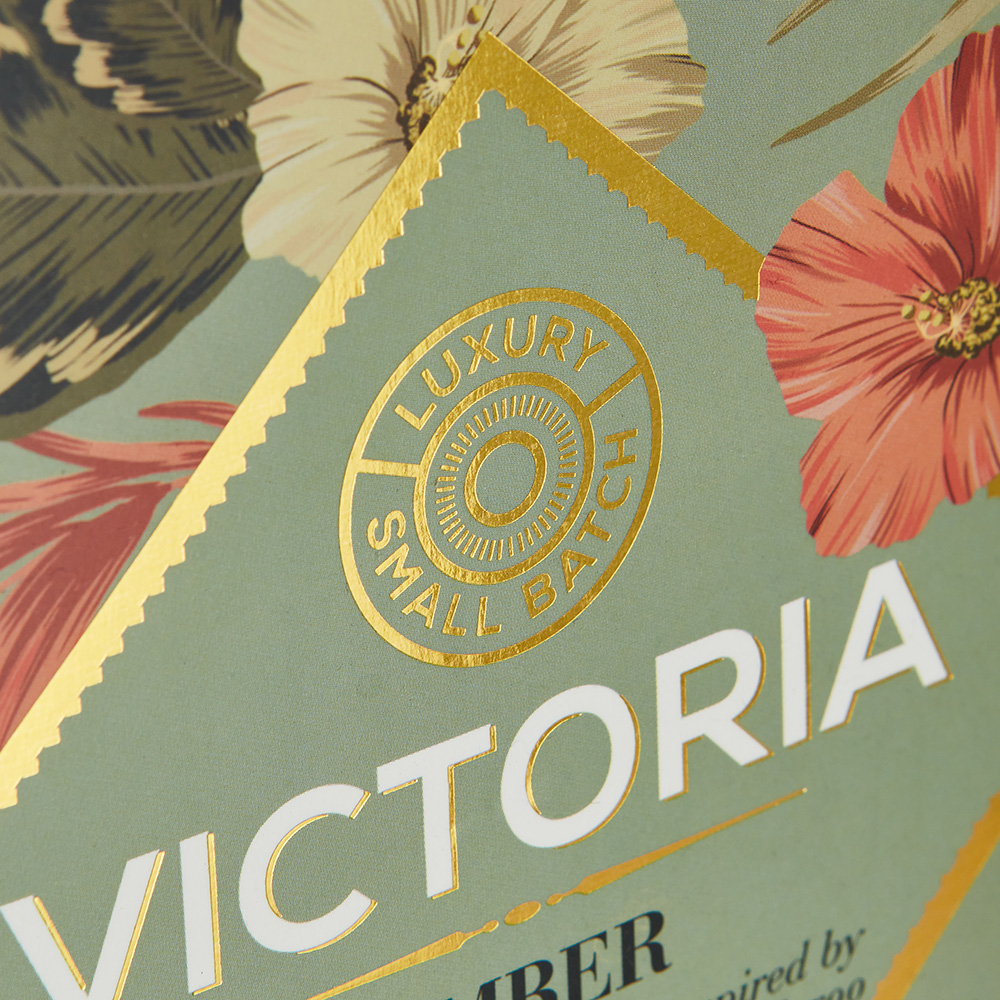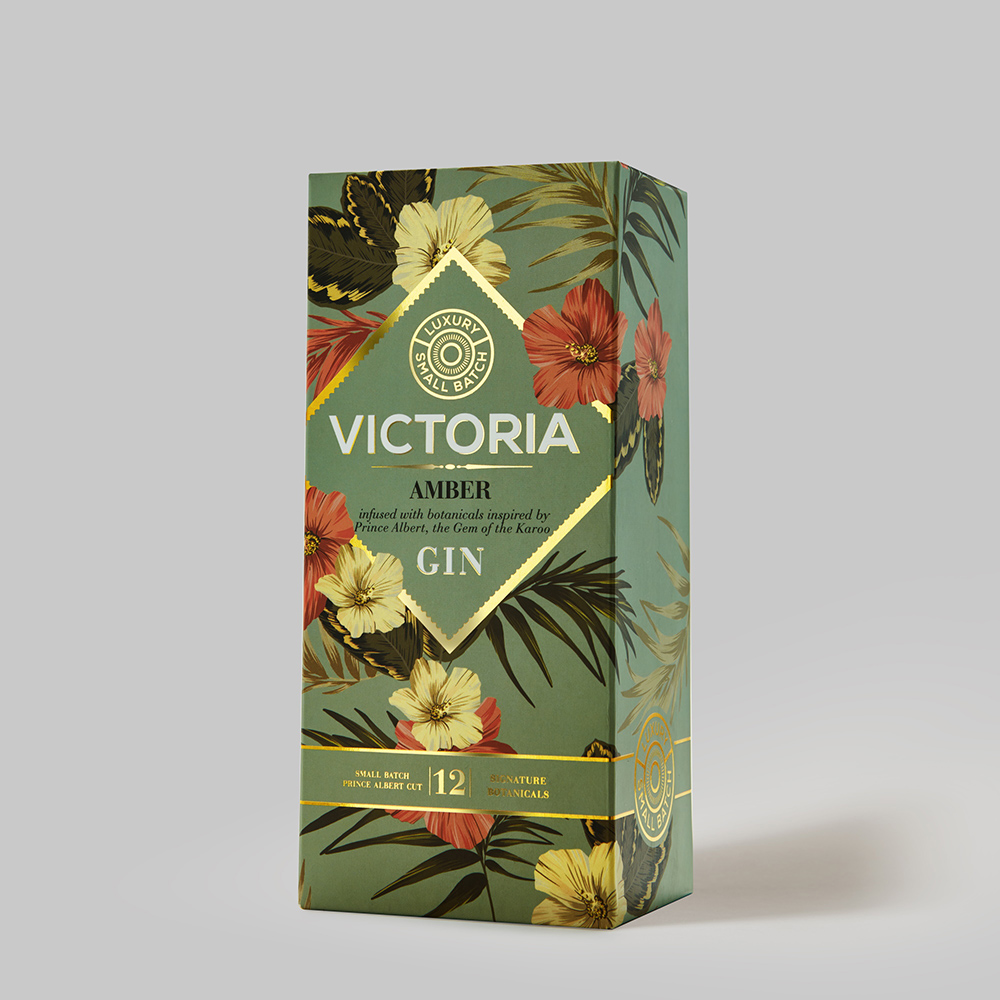
Balancing cost, sustainability and finishes in print and packaging
Leonhard Kurz investigated at virtual.drupa in 2021 how brand owners and converters may deal with the present issues in print finishing, such as grabbing attention with product packaging while operating sustainable and budget-conscious businesses. This subject still has a lot of relevance today and is worth discussing.
Kurz experts addressed how it’s possible to design sophisticated surface decorations sustainably, how to implement hot stamping, cold transfer and brand protection finishes cost-effectively and make finishing processes more efficient through digitisation.
South African market representative Phumzile Dlamini, foils: product & marketing manager at Synchron, agrees that sustainability is becoming a big talking point locally with more customers asking pertinent questions. ‘Our team conducted key account presentations to debunk several stereotypes around foiling and to help product managers better understand that once the embellishment has been transferred to the substrate, it doesn’t affect the automatic paper/cartonboard sorting process (up to 70% of finished surface possible), the deinkability or the composting process.’

Kurz transfer finishes also comply with multiple global and European regulatory requirements, for instance, EU (REACH) chemical regulations. They contain raw materials and no volatile, ozone-depleting, halogenated hydrocarbons, cadmium, lead, mercury or hexavalent chromium. This means converters don’t need to consider any special requirements or restrictions when processing transfer products.
‘Whether hot, cold or digital, the advantages of Kurz’s transfer technology successfully build a bridge between brilliantly finished packaging design and environmentally friendly processing,’ Dlamini states. ‘The technology – based on an ultra-thin, dry layer of lacquer containing the design (1.5 to 3μm/m²) – is located on a thin PET carrier that is removed after transfer. It doesn’t use laminates, so there is no foil left behind on the end product, only the decorative layer.’

Compared to conventional finishing techniques, the application of the wafer-thin decorative layer requires less energy per square metre of completed surface, and only a little amount is required to produce a premium appearance in terms of gloss, edge definition, and other factors.
Dlamini points out that while using hot stamping, converters can use the most carrier film and coating because of the up and down procedure (on-the-spot transfer and minimal pull). Any extra material may be kept for a future purpose.
Transferring the ornamentation to a substrate is another step in cold transfer (sheet and web-fed) technique. However, before the cold transfer pattern is applied, an adhesive is precisely put to the substrate and then the adhesive is cured. After curing, the carrier is removed from the substrate, but the decoration is left on the substrate’s adhesive-bearing portions.
According to Dlamini, the economic benefits of cold transfer technology in narrow-web printing include: easy integration into the printing process (inline and on all printing units), quick set-up, excellent registration, quick turnaround job times, short- and long-run efficiency, unlimited colour options with overprinting, production speeds of up to 120 m/min (depending on the design and substrate), and no need for pricey brass dies.
Cold transfer works on various substrates such as PE, PP, PET and paper, opening up application possibilities ranging from in-mould, shrink sleeves and other types of labels to paper and cartonboard packaging. Additionally, no tensioning occurs during the transfer process on paper labels, even for large area (solid) designs.

She concedes that the Digital Metal transfer process is well established in Europe and the US, is growing well in Asian markets and is a fledgling technology in the South African market. ‘It opens personalisation opportunities and provides print service providers (PSPs) that want to diversify their offerings through standout features with a versatile way of achieving customers’ desired finishes. Synchron can bring in printed samples for interested parties,’ Dlamini asserts. ‘We offer a complete solution for customers by matching up the machine, transfer finish and ink with their needs, market strategies and end-use applications.’
For instance, the DM-Jetliner allows PSPs to smoothly add metallisation effects to paper and label materials in their digital press prior to printing. The PET carrier is removed, the transfer finish is put to the unprinted substrate using a UV-curing glue, and the substrate is then overprinted inside the press.
On the other hand, the DM-Luxliner metallises paper and cartonboard prior to digital colour printing. The machine folds up the PET carrier after applying the Digital Metal transfer embellishment on the digitally printed motif. Then, compatible digital presses can overprint precisely and accurately in four colours.
Additional advantages are reduced setup times (less waste and energy use), fewer production start-up losses, and a film-saving system.
© Synchron Fabrics & Foils, October 2022
We’re founded on a simple principle; global best products for brand enhancement, underpinned by a depth of technical expertise…
Sarah Sonnenberg, MD Synchron
![]()
Synchron Fabrics & Foils for Brand Enhancement
cs@synchron.co.za • +27 21 527 7100
Accreditation downloads: BBBEE Certificate and ISO 9001
